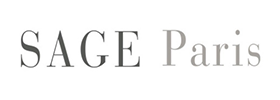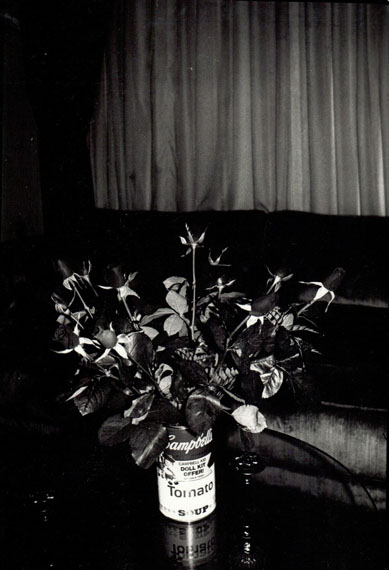
PHOTOFAIRS San Francisco 2018
Karl Blossfeldt » Harry Callahan » Mario Giacomelli » Guido Guidi » Naoya Hatakeyama » André Kertész » Man Ray » Carlo Mollino » Wolfgang Tillmans » Andy Warhol » & others
Fair: 23 Feb – 25 Feb 2018
Fri 23 Feb 11:00
Fort Mason Festival Pavilion
2 Marina Blvd
San Francisco
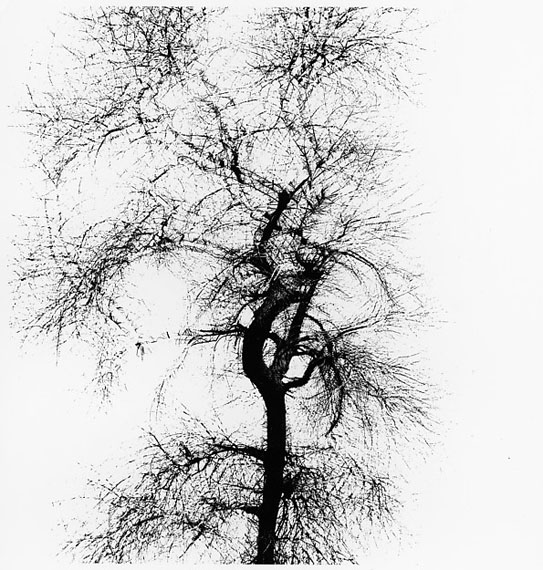
Harry Callahan, born in Detroit, Michigan in 1912 is a famous American photographer of the post-war period.
Self-taught artist, he has an intuitive sensibility, expressed in his straightforward photographs. His themes are simple: family, city and passerbies, seascapes and landscapes, sometimes mingling with female silhouettes.
Mostly famous for his black and white, he also expresses his very personal vision through vibrant and warmth colour photographs. Curiosity is added in his art to his patient sense of discipline, in his technical experimentations like double exposures, which he produces directly in the camera, in an endless reflexion on the medium.
Very productive, he compulsively repeats patterns and technical manipulations: “I do believe strongly in photography and hope by following it intuitively that when the photographs are looked at they will touch the spirit in people.”
His works have been collected by numerous public collections, such as the BnF (Paris), Metropolitan Museum of Art (New York), MFA (Houston), MFA(Boston), MoMA (New York), Victoria & Albert Museum (London), George Eastmann House (Rochester), National Museum of Photography (Copenhagen), Smithsonian American Art Museum (Washington), National Gallery of Art (Washington), SFMOMA (San Francisco).
Guido Guidi was born in Cesena, Italy, in 1941. Major figure of Italian contemporary photography, he considers photography an extention of the gaze. In the early 1960s, influenced by the Italian Renaissance artists and drawn by the work of Walker Evans, Lee Friedlander and by Italian neorealist photographers, Guido Guidi starts working in black and white and produces conceptual artworks before giving up on black and white to only work in color with a large Deardorff view camera. He devoted himself to vernacular landscape and its transformations, to what is now called “peripheral spaces”, akin to the work of Stephen Shore or Lewis Baltz with whom he collaborates. It is not monumental spaces that attract him, but “uncodified situations, unclear, open, misunderstood or misconceived”, what is beside, above, below what is familiar or day-to-day to ourselves.
He studied in Venice at the University Institute of Architecture (now IUAV), and has taught at IUAV – where he holds the Laboratory of Artistic Techniques and Expressions – since 2001. He has exhibited at the Guggenheim Museum and at the Whitney Museum in New York, at the Centre Pompidou in Paris, at the Venice Biennale and at the Canadian Centre for Architecture in Montréal. His works are part of Centre Pompidou (Paris), Musée d’Art moderne de la ville de Paris (Paris), Canadian Centre for Architecture (Montréal), SFMOMA (San Francisco) collections.�
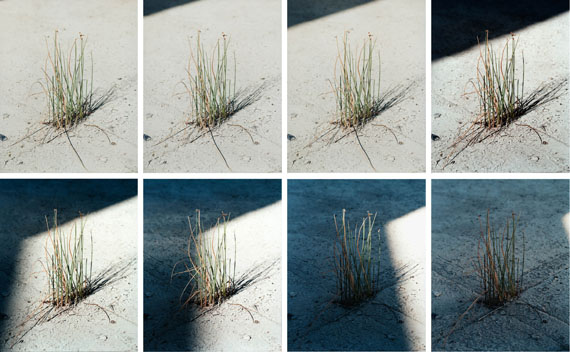
Naoya Hatakeyama was born in Japan in 1958. His works mostly focuses on the heightened tension between human culture and nature that is prominent in modern technological societies.
Having begun the series in 1995, Hatakeyama’s BLAST series presents scenes taken around the many limestone quarries around Japan which captures the momentary conversion of power used in mining by aggressive industrial explosives. Here, Hatakeyama beautifully encapsulates these parallels including a detailed afterword written in retrospect of the Great East Japan Earthquake.
In Camera Series, a series of twenty five photographs, Hatakeyama is using the vocabulary of photography to reflect upon the relationship between humans and their environment. Inviting us into the hotel rooms that he has used during his perigrination over the world, Hatakeyama has mastered the lights of them to create nearly abstract photographs that reveals only themselves when getting nearer.
His photographic works – which has been the subject of two important shows at Huis Marseille, Amsterdam in 2011 and at San Francisco Museum of Modern Art in 2012, are found in many public collections including:
National Museum of Modern Art (Tokyo), Tokyo Metropolitan Museum of Photograpy (Tokyo), Museum of Fine Arts (Houston), SFMOMA (San Francisco), Maison Européenne de la Photographie (Paris), MoMA (New York), Tate Modern (London).
Andy Warhol was born in Pittsburg in 1928. Starting in the late 1950s and through the 1960s, Andy Warhol was the first art promoter of the photobooth. He demonstrated his belief that the apparatuses of popular culture are a legitimate means to produce art.
Like a virtual painting, Warhol mechanically painted with more or less used photobooths, offering him a depth of back-and-white tones determined by the freshness of the chemicals. He then understood the photobooth as a cheap and effective camera he could use for graphic design. From 1982 to 1987, Andy Warhol made 503 works composed of black-and-white photographic prints stitched together with thread. These works are indebted to his earlier repetitive silkscreen paintings and are also the result of lifelong photographic exploration and a prolific decade.
The process of image repetition opposes the traditional unique and original work of art. Any chosen pattern can then become a sensational image. With the photobooth, silkscreen and act of sewing, the repetitive blend of patterns becomes a signature Warhol publicizes.
Recently, his works were exhibited at the Centre Pompidou Metz (Metz, France, 2015), MoMA (New York, 2017), SFMOMA (San Francisco, 2018). His photographs are preserved in institutions such as the SFMOMA (San Francisco), MoMA (New York), National Gallery of Art (Washington), Centre Pompidou (Paris).
Also presented on the booth : Karl Blossfeldt, Mario Giacomelli, André Kertész, Carlo Mollino, Man Ray and Wolfgang Tillmans.�

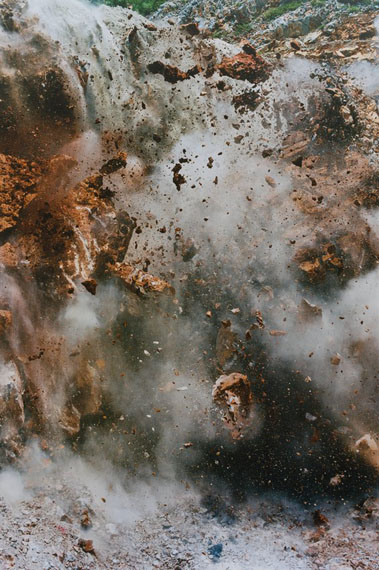
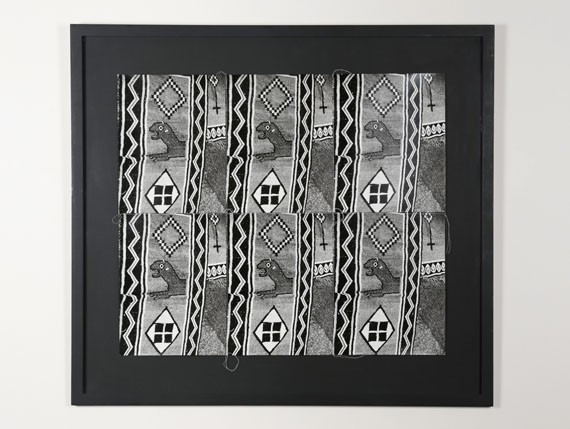
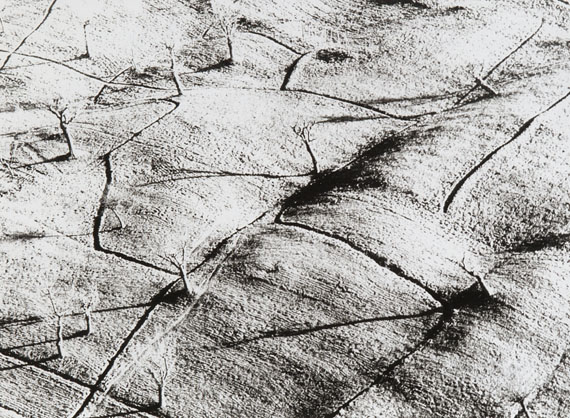
Gelatin silver print
28 x 39 cm
Signed verso with stamps
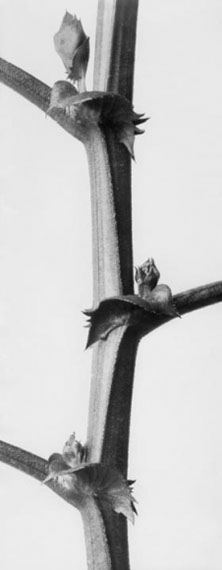
Vicia Fabia, Stengel der Saubohne, c.1890-1896
Tirage argentique d’époque, 29,9 x 11,9 cm

Tirage jet d’encre dans le cadre de l’artiste, 41 x 27 cm
© Wolfgang Tillmans

Photobooth
20 x 4 cm
Unique piece
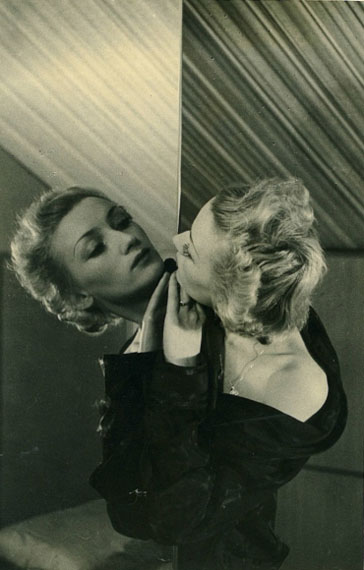
Vintage gelatin silver print
13,9 x 8,9 cm
© Carlo Mollino / SAGE Paris
